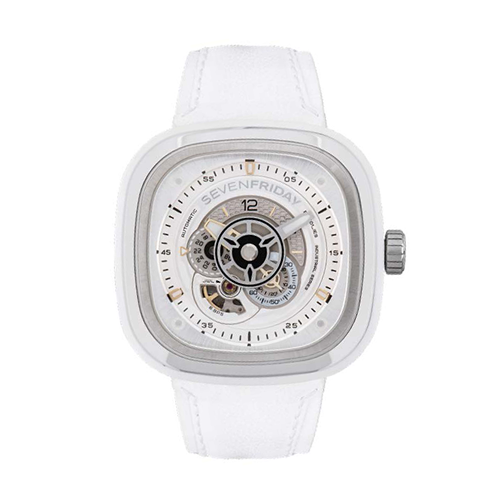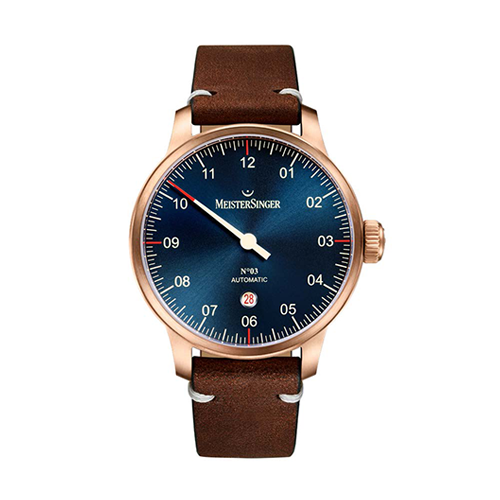Just a few short years ago Baselworld was king of the watch industry. The luxury trade fair once attracted more than 2,000 exhibitors and 150,000 visitors.
Held in March, at the end of the Northern Hemisphere winter, it was a time of excitement, renewal, and growth – the ideal place to launch new watches and timepieces ahead of the summer shopping season. Some industry commentators even likened it to an awe-inspiring ‘pilgrimage’.
Unfortunately, the once-great show fell into a slow pattern of decline. Predatory local businesses charged higher and higher prices for meals and accommodation, leading to lower visitor numbers. Booth prices soared, making exhibiting prohibitively expensive for many brands; at the same time, a redesign of the main Hall 1 venue in 2013 softened numbers due to reduced floor space.
Meanwhile, falling Swiss watch exports in 2015 – the end of the so-called ‘China watch boom’ – saw further contraction. By 2017, the show had shed 600 exhibitors and was in dire financial straits, reporting losses of CHF110 million.
As a result, long-term managing director Sylvie Ritter, director of sales Martin Fergusson and marketing and communications director Loraine Stantzos left the show’s parent company MCH Group.
Yet Baselworld had still not hit rock bottom; that came a year later with the departure of industry juggernaut Swatch Group, parent of Breguet, Longines, Tissot, Omega, Hamilton and Rado, among many others.
Its CEO Nicolas Hayek Jr publicly criticised MCH’s management, claiming they’d ignored complaints and refused to adapt the format to attract more buyers, before abruptly pulling out of the show.
René Kamm, who had been CEO of MCH Group for 15 years, resigned shortly after – but the decision could not prevent a further exodus of high-profile manufacturers, some of which had supported the show for more than 60 years.
Maurice Lacroix, Corum and Raymond Weil quickly announced their decision to stop exhibiting at Baselworld.
Yet there were glimmers of hope following the 2019 edition, under the fresh leadership of MCH Group’s new managing director Michel Loris-Melikoff.
Industry commentators acknowledged that while exhibitor numbers were still hovering at the 600 mark and attendees around 80,000, there was a willingness to embrace change and at least some vision of what the future would hold.
With new MCH Group CEO Bernd Stadlwieser also coming in to breathe new life into the venerable trade show – which marked its 102nd anniversary in 2019 – there’s a sense that, with the right strategy and enough time to implement it, the challenges can be met.
While Baselworld is not what it once was in terms of exhibitors, visitors and industry support, it still marks the natural time for brands and suppliers to debut current and upcoming releases, as well as get retailers informed and enthused about the latest products.
Its timing makes it the focal point of the buying year, and even in its present form, there is no other watch industry trade fair of its calibre in terms of reputation, recognition and reach.
Whether participating at Baselworld or debuting fresh stock on their own terms, here’s what leading brands and suppliers have in store for retailers.
WHAT'S NEW IN THE WATCH MARKET
| MAD & Associates |
The MeisterSinger Bronze Line No 3 features a brushed bronze case with striking galvanic blue dial. A single hand indicates time, doing away with redundant minutes and seconds. Meanwhile, the Zürich-designed SEVENFRIDAY P1C/01 – the third instalment in the White Series – features a Corian case, a unique and non-traditional material. |
 |  |
| Above: Sevenfriday P1C/01 | Above: Meistersinger AM917BR Bronze Line No 3 |